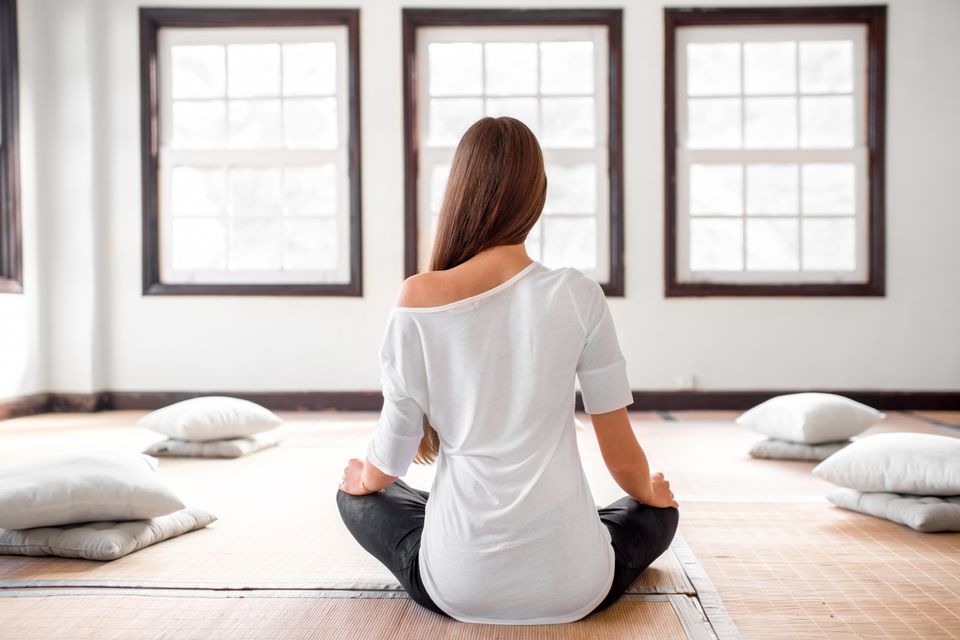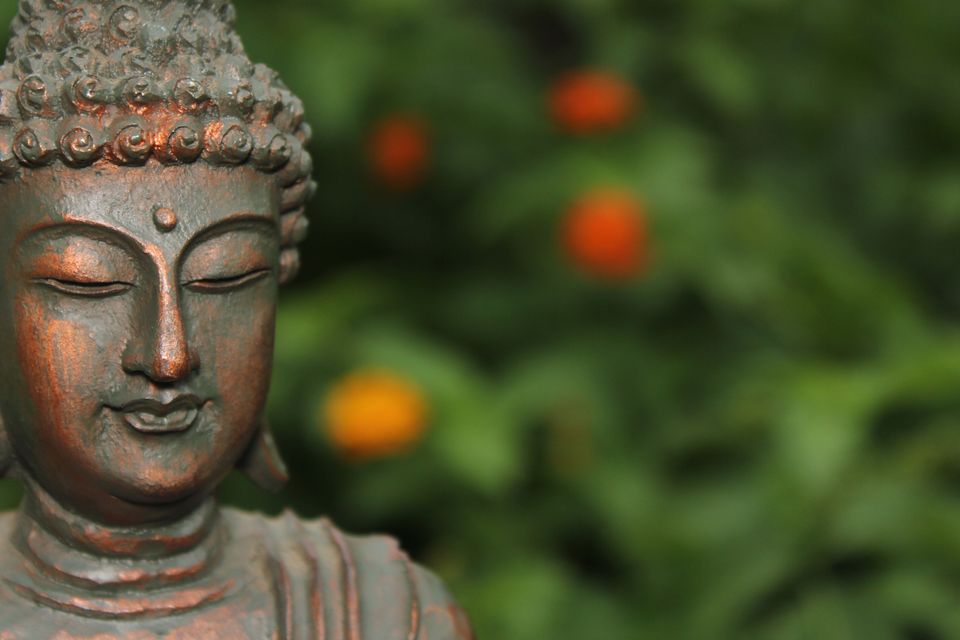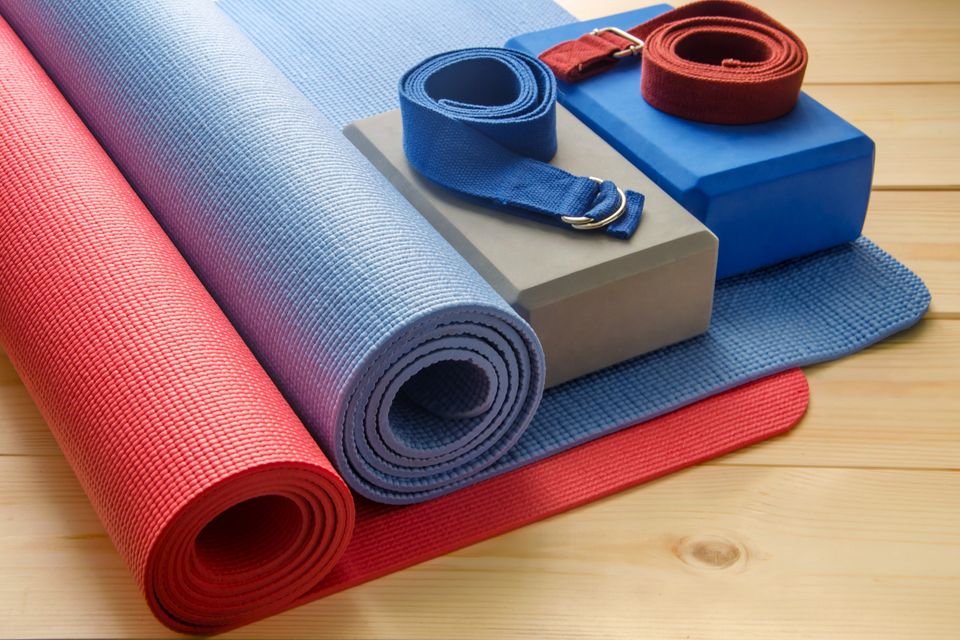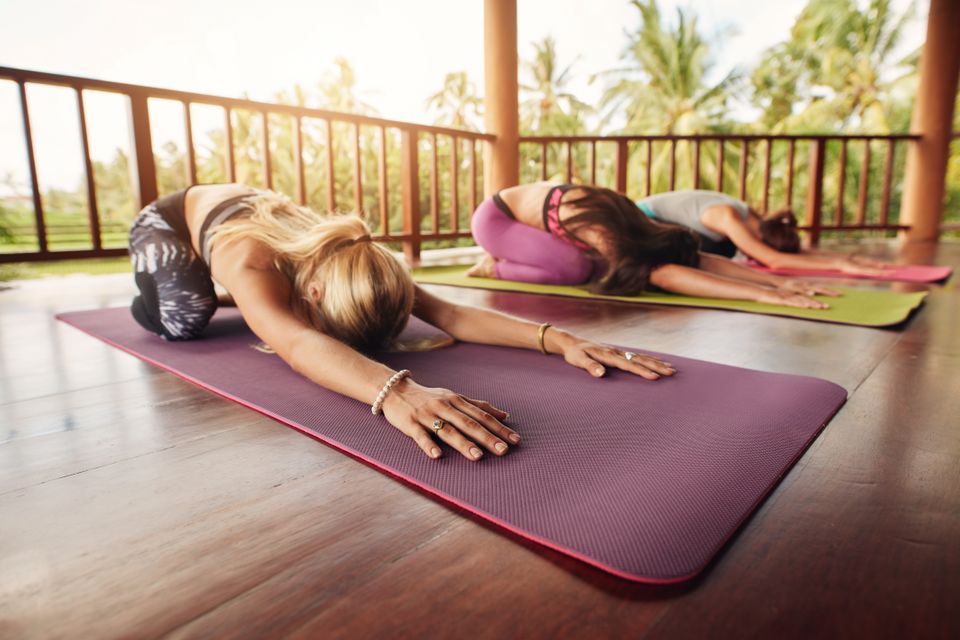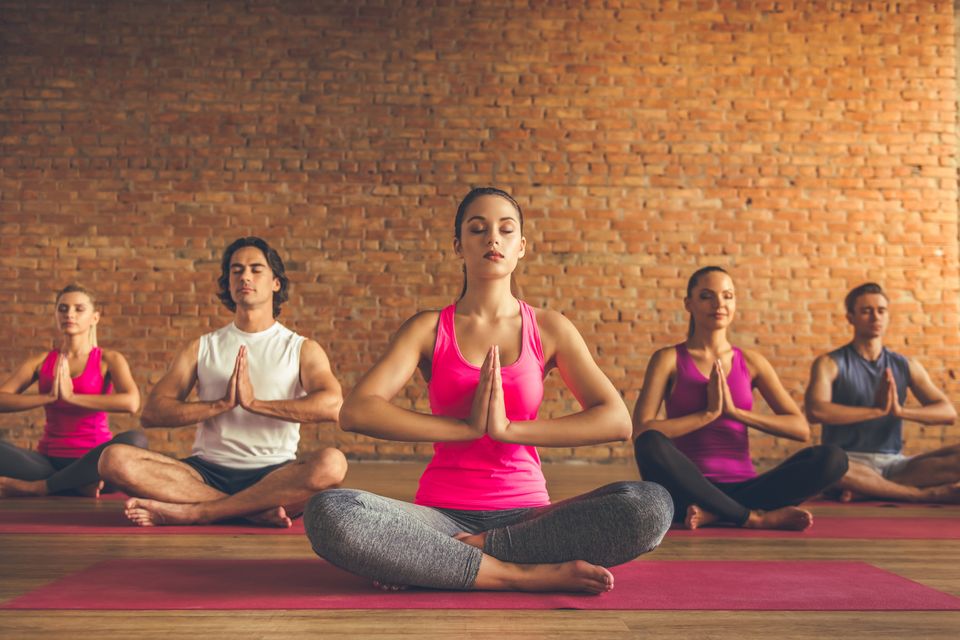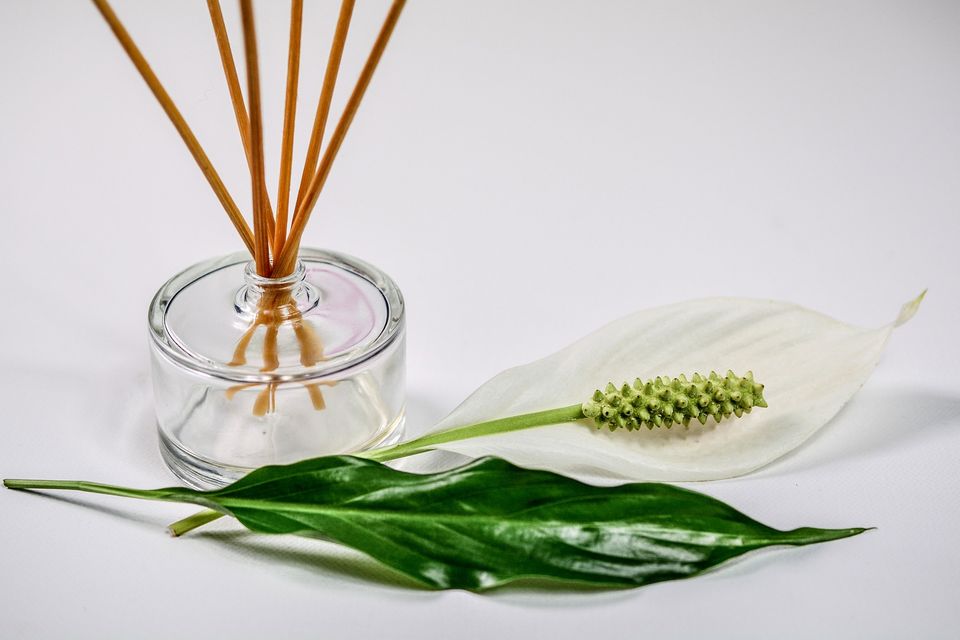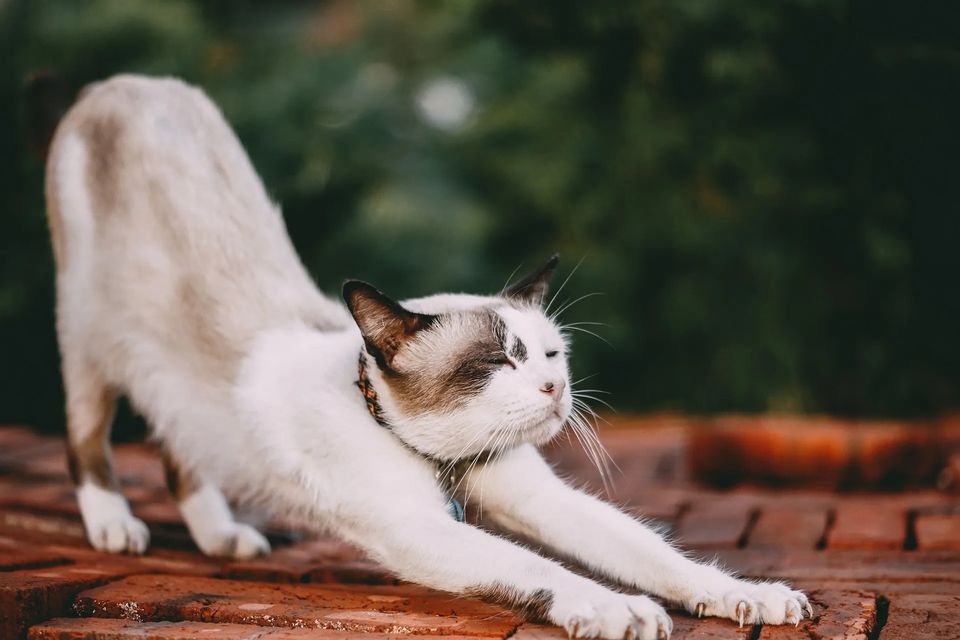
Yoga with Animals: The Benefits and Drawbacks
Yoga with animals, also known as "animal-assisted yoga" or "goat yoga" depending on the specific animal involved, has gained popularity in recent years. Many places across the US offer the opportunity to practice yoga with many types of animals, wild and domesticated. This unique form of yoga combines the therapeutic benefits of posing in the presence of animals while creating a pleasant and interactive experience for participants.
Some of the touted benefits include stress reduction, increased mindfulness, social-interaction, increased joyfulness, as well as psychological and emotional benefits.
The drawbacks include the detrimental effects on the animal’s well-being, physical threat to the animal and to the human including accidental injury and catching of diseases. threats to the animal’s health and well being
Benefits of Yoga with Animals
Increased stress reduction is a reported benefit of including animals in a lesson. There are many animals known for their serene and gentle nature (such as cats and goats) that have a calming effect on humans merely by being in their presence.
It is thought that interaction with these animals can release oxytocin, a hormone associated with feelings of well-being.
Practicing yoga with animals can enhance mindfulness and present-moment awareness as well. Animals are attuned to their surroundings, and can serve as a reminder to you to stay in the present moment and focus on breath, body sensations, and poses.
Interacting with animals has been shown to have a positive impact on mental health as well. It can help reduce symptoms of anxiety, depression, and loneliness, and promote feelings of happiness, relaxation, and overall well-being.
Many people indicate that animals bring a sense of joy, playfulness, and lightness to life. Their presence during yoga can elicit laughter, and create a positive, uplifting atmosphere. Laughing during yoga can release endorphins, the body's natural feel-good chemicals, which can enhance mood and overall well-being.
Animals can provide some relief to the lonely by providing an opportunity for social interaction and connection during yoga sessions. You can engage with the animals through touch, play, or simply by observing their behavior. These interactions can foster a sense of connection, empathy, and companionship which is particularly beneficial to those suffering from isolation.
Overall, practicing yoga with animals combines the benefits of yoga, such as stress reduction and emotional regulation, with the therapeutic effects of animal companionship. It is however, important to note the benefits will vary from person to person
Drawbacks of Yoga with Animals
Many animal advocates view these interactions as cruelty, especially when the sessions involve wild animals. Many times, the events are put on by for-profit organizations that exploit the animals without consideration for their well-being. Many people are lured by the opportunity to interact with lemurs and sloths and are willing to pay a hefty fee. The simple interaction may seem fun and innocuous but many harms can occur to both you and to the animal.
Psychological harm may be inflicted upon the animal as they may feel overwhelmed in crowds, often leading them to become aggressive. Depending on the type of animal, they may become fearful and react in unpredictable ways. If the animal experiences emotional harm, it may bite or kick you. The activity is potentially dangerous to you, and is likely very distressing to the animal.
Other physical harms may also occur. Many yoga movements can be fast or unpredictable to the animal resulting in injury to them and to you. You may accidentally roll onto the animal or cause it to fall over. This has been reported in goat yoga when the goat is led to climb onto the participant’s back and then loses balance with a sudden movement.
You can also contract a zoonotic disease. It is important to remember that 60% of all human pathogens come from transfer between animals to humans and can include salmonella, rabies, and ringworm. These diseases can often be difficult to treat and often can cause grave illness, and even death.
There is also an ongoing, controversial issue of breeding. Animal advocates point to the many entities promoting interactions with animal who source the creatures from legal and illegal breeding mills. These places are reputed to be dangerous and cruel to the animals and often do not provide adequate care. By engaging in these yoga sessions with animals, you are supporting these organizations/people.
How then can you take full advantage of the benefits of yoga without being cruel to animals?
A Possible Compromise
Doga is yoga with dogs. There are two distinct types; one involves taking your dog to yoga class and simply having them there without any other interaction. The second type involves guiding your dog through their own poses. This type is much more hands-on. In this version, you gently guide your dog through various stretches, like chair pose; (where you gently raise your dog’s front legs up in the air while she or he sits on the back legs) and wheelbarrow (lifting your pup’s back legs up in the air). Both styles offer the potential benefits of being in a calm, relaxing atmosphere.
If you decide to physically go to a class, you benefit from having your friend present while your dog benefits by being with “their human” and can potentially socialize with other people and dogs in the class. Both of you can have the opportunity to benefit from being in a calm, relaxing atmosphere.
One important benefit for your dog when attending a class is that it can help introduce him or her to different environments, people, and other dogs. It can be especially useful to help socialize a new pet or rescue. Many vets recommend adequate socialization to help with overall health of your dog and ensuring he or she becomes well-adjusted and confident. Many dogs thrive with attention and love to sniff and play with other dogs. Both you and your dog can socialize with like-minded people who bring their pets with them.
Or perhaps you’ll both just prefer to stay at home. Socialization can even occur virtually if you are worried about how your dog will interact with other dogs.
Benefits to Pets
While the benefits to your pet are debatable, likely there are at least some minor benefits including better circulation, flexibility, range of motion and the enjoyment of spending time with its human friend.
Some of the touted benefits include stress reduction, increased mindfulness, social-interaction, increased joyfulness, as well as psychological and emotional benefits.
The drawbacks include the detrimental effects on the animal’s well-being, physical threat to the animal and to the human including accidental injury and catching of diseases. threats to the animal’s health and well being
Benefits of Yoga with Animals
Increased stress reduction is a reported benefit of including animals in a lesson. There are many animals known for their serene and gentle nature (such as cats and goats) that have a calming effect on humans merely by being in their presence.
It is thought that interaction with these animals can release oxytocin, a hormone associated with feelings of well-being.
Practicing yoga with animals can enhance mindfulness and present-moment awareness as well. Animals are attuned to their surroundings, and can serve as a reminder to you to stay in the present moment and focus on breath, body sensations, and poses.
Interacting with animals has been shown to have a positive impact on mental health as well. It can help reduce symptoms of anxiety, depression, and loneliness, and promote feelings of happiness, relaxation, and overall well-being.
Many people indicate that animals bring a sense of joy, playfulness, and lightness to life. Their presence during yoga can elicit laughter, and create a positive, uplifting atmosphere. Laughing during yoga can release endorphins, the body's natural feel-good chemicals, which can enhance mood and overall well-being.
Animals can provide some relief to the lonely by providing an opportunity for social interaction and connection during yoga sessions. You can engage with the animals through touch, play, or simply by observing their behavior. These interactions can foster a sense of connection, empathy, and companionship which is particularly beneficial to those suffering from isolation.
Overall, practicing yoga with animals combines the benefits of yoga, such as stress reduction and emotional regulation, with the therapeutic effects of animal companionship. It is however, important to note the benefits will vary from person to person
Drawbacks of Yoga with Animals
Many animal advocates view these interactions as cruelty, especially when the sessions involve wild animals. Many times, the events are put on by for-profit organizations that exploit the animals without consideration for their well-being. Many people are lured by the opportunity to interact with lemurs and sloths and are willing to pay a hefty fee. The simple interaction may seem fun and innocuous but many harms can occur to both you and to the animal.
Psychological harm may be inflicted upon the animal as they may feel overwhelmed in crowds, often leading them to become aggressive. Depending on the type of animal, they may become fearful and react in unpredictable ways. If the animal experiences emotional harm, it may bite or kick you. The activity is potentially dangerous to you, and is likely very distressing to the animal.
Other physical harms may also occur. Many yoga movements can be fast or unpredictable to the animal resulting in injury to them and to you. You may accidentally roll onto the animal or cause it to fall over. This has been reported in goat yoga when the goat is led to climb onto the participant’s back and then loses balance with a sudden movement.
You can also contract a zoonotic disease. It is important to remember that 60% of all human pathogens come from transfer between animals to humans and can include salmonella, rabies, and ringworm. These diseases can often be difficult to treat and often can cause grave illness, and even death.
There is also an ongoing, controversial issue of breeding. Animal advocates point to the many entities promoting interactions with animal who source the creatures from legal and illegal breeding mills. These places are reputed to be dangerous and cruel to the animals and often do not provide adequate care. By engaging in these yoga sessions with animals, you are supporting these organizations/people.
How then can you take full advantage of the benefits of yoga without being cruel to animals?
A Possible Compromise
Doga is yoga with dogs. There are two distinct types; one involves taking your dog to yoga class and simply having them there without any other interaction. The second type involves guiding your dog through their own poses. This type is much more hands-on. In this version, you gently guide your dog through various stretches, like chair pose; (where you gently raise your dog’s front legs up in the air while she or he sits on the back legs) and wheelbarrow (lifting your pup’s back legs up in the air). Both styles offer the potential benefits of being in a calm, relaxing atmosphere.
If you decide to physically go to a class, you benefit from having your friend present while your dog benefits by being with “their human” and can potentially socialize with other people and dogs in the class. Both of you can have the opportunity to benefit from being in a calm, relaxing atmosphere.
One important benefit for your dog when attending a class is that it can help introduce him or her to different environments, people, and other dogs. It can be especially useful to help socialize a new pet or rescue. Many vets recommend adequate socialization to help with overall health of your dog and ensuring he or she becomes well-adjusted and confident. Many dogs thrive with attention and love to sniff and play with other dogs. Both you and your dog can socialize with like-minded people who bring their pets with them.
Or perhaps you’ll both just prefer to stay at home. Socialization can even occur virtually if you are worried about how your dog will interact with other dogs.
Benefits to Pets
While the benefits to your pet are debatable, likely there are at least some minor benefits including better circulation, flexibility, range of motion and the enjoyment of spending time with its human friend.


